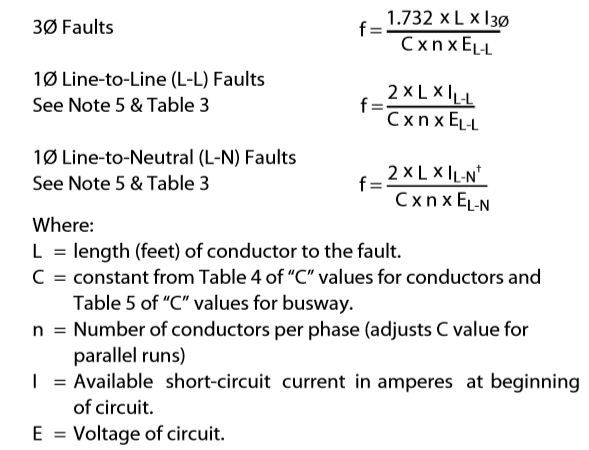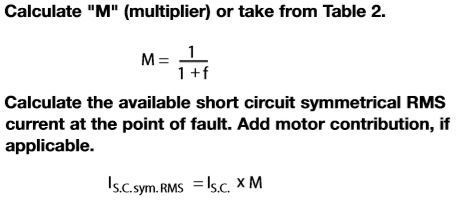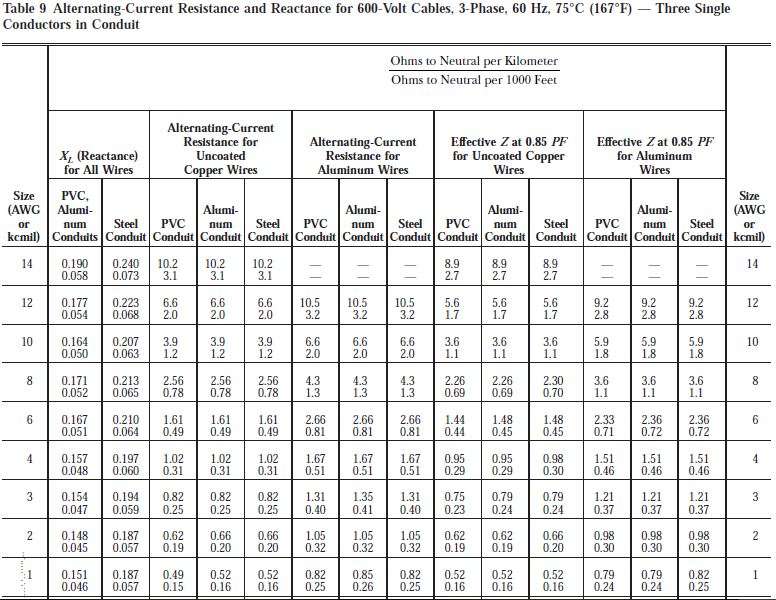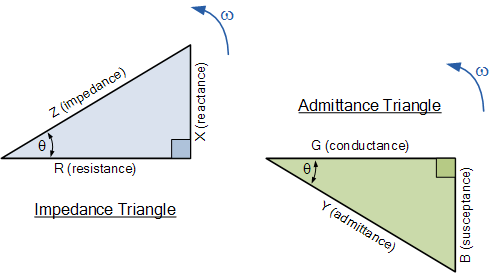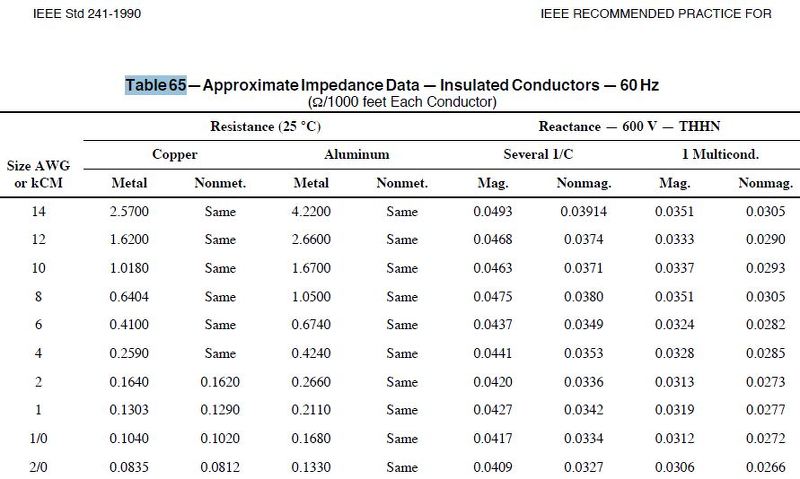Can you just add the impedances of transformers and wiring?
Is it not adding Z1 + Z2 is based on the assumption that X/R is the same for both?
I'm asking because the NEC formulas for getting the bolted short circuit current is by getting the impedances of both and just adding them, but what if they don't have the same X/R ratio?
See https://forums.mikeholt.com/showthread.php?t=197174&page=2 for detailed calculations proving the Point to Point Fault Calculation method is simply adding the Z1 + Z2 then dividing the voltage by the total Z to get the bolted short circuit current. Even if you are not familiar with short circuit current computations. Just let me know in general about adding impedances of transformers and wiring with different X/R ratios.
Also what are the common X/R of transformers and especially wiring.. are they close so you can just add them? Thanks.
Is it not adding Z1 + Z2 is based on the assumption that X/R is the same for both?
I'm asking because the NEC formulas for getting the bolted short circuit current is by getting the impedances of both and just adding them, but what if they don't have the same X/R ratio?
See https://forums.mikeholt.com/showthread.php?t=197174&page=2 for detailed calculations proving the Point to Point Fault Calculation method is simply adding the Z1 + Z2 then dividing the voltage by the total Z to get the bolted short circuit current. Even if you are not familiar with short circuit current computations. Just let me know in general about adding impedances of transformers and wiring with different X/R ratios.
Also what are the common X/R of transformers and especially wiring.. are they close so you can just add them? Thanks.
Last edited:


